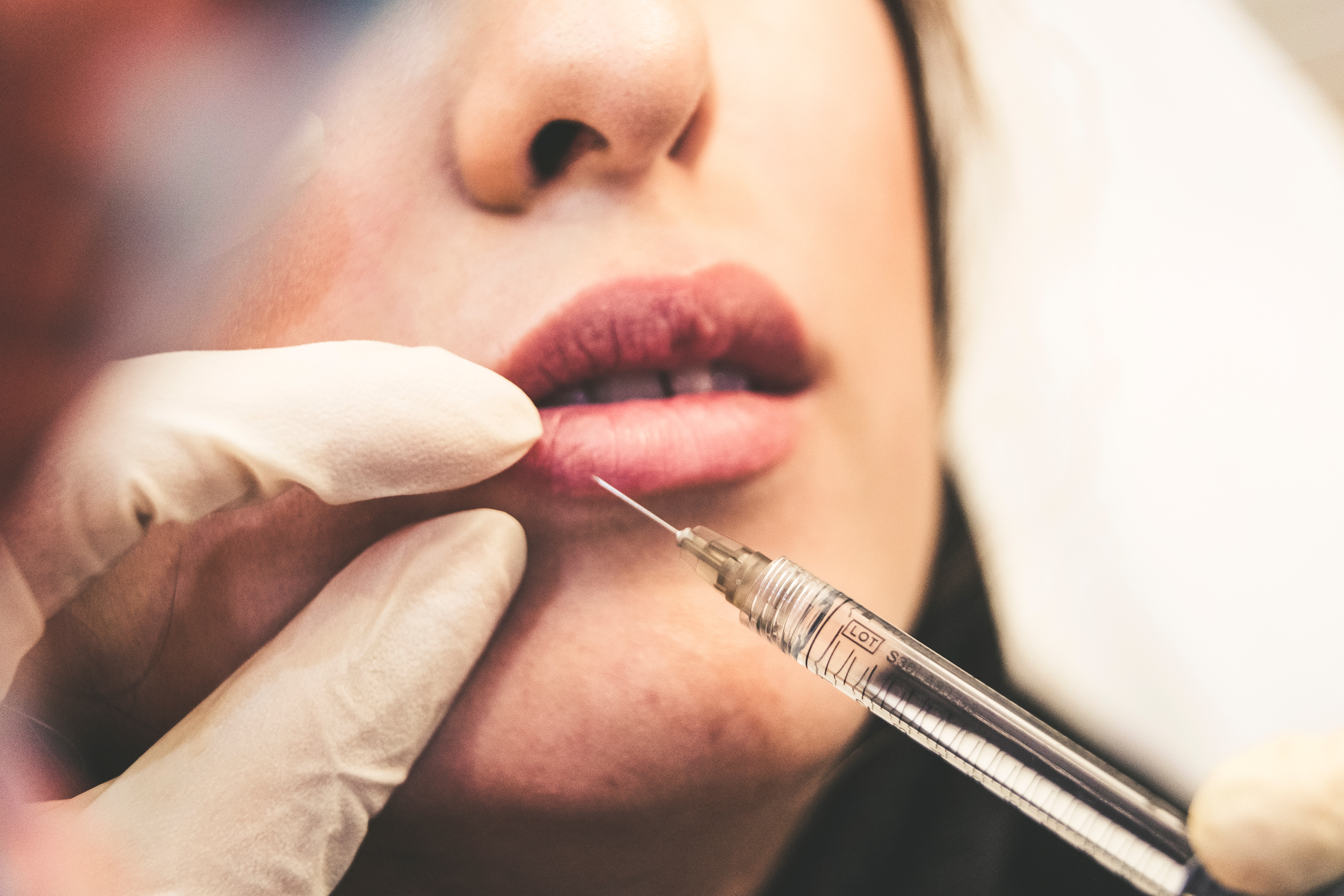The Perfect Number for Beauty?
The Golden Ratio, also known as the Divine Proportion, is a mathematical concept that has been used throughout history to describe a ratio that is aesthetically pleasing to the human eye. It has been used in architecture, art, and even in the human body. In this article, we will explore the history and significance of the Golden Ratio in beauty.
The Golden Ratio was first discovered by the ancient Greeks, who believed it to be a perfect ratio that was pleasing to the gods. They used it in their art and architecture to create structures that were harmonious and balanced. It was also used in music, with Pythagoras and his followers believing that the perfect interval was based on the Golden Ratio.
Leonardo da Vinci was one of the most famous artists to use the Golden Ratio in his work. He believed that the human body was based on the ratio, and used it in his paintings to create a sense of balance and harmony. The Vitruvian Man, one of da Vinci's most famous works, is based on the Golden Ratio.
The Golden Ratio has been used to describe the proportions of a beautiful face. Studies have shown that faces considered beautiful tend to have certain proportions that may be based on the Golden Ratio. The distance between the eyes, the nose’s width, and the lips’ shape are all factors that contribute to the perception of beauty.
One of the most famous examples of the Golden Ratio in beauty is the Phi Mask, also known as the Golden Mask. The mask is based on the Golden Ratio and is said to represent the perfect human face. The mask has been used by plastic surgeons to help them achieve a more aesthetically pleasing result.
The Golden Ratio has also been used in dentistry to create beautiful smiles. The teeth’ width and length, the incisors’ position, and the smile’s curve are all factors that can be adjusted to achieve a more harmonious result based on the Golden Ratio.
While the Golden Ratio has been used as a standard for beauty, some people may not find it appealing. Beauty is subjective and personal, and what one person finds beautiful may not be the same for another. Additionally, relying solely on the Golden Ratio can lead to a lack of diversity and appreciation for different types of beauty. It is important to remember that beauty comes in many forms, and the Golden Ratio should not be the only measure of it.
The Golden Ratio has been used throughout history to create structures and works of art that are harmonious and balanced. It has also been used in beauty to describe the proportions of a beautiful face and smile. While the concept of the Golden Ratio is not a guarantee of beauty, it is a useful tool for creating a sense of harmony and balance in our surroundings.
